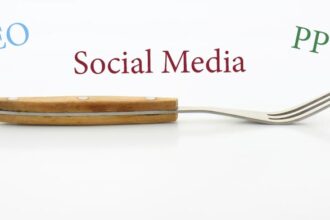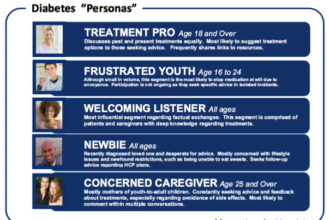A patient with hypertension asked me about the nutritional value of sea salt versus table salt.
A patient with hypertension asked me about the nutritional value of sea salt versus table salt. He had heard advertisements suggesting that sea salt was less dangerous to hypertensive patients like him and wanted to know if that was accurate. I whipped out my iPhone and quickly looked it up on the MayoClinic.com website. Within seconds I could confidently tell him that there is little nutritional difference between the two types of salt–sea salt is processed differently using an evaporative process whereas table salt is mined, processed and has additives to keep it from clumping. Table sauce usually has iodine added to it as well. As a consequence sea salt retains minerals that vary depending on its source and thus has distinctive taste. So the difference is a cooking distinction but there is no medical benefit to its use. Individuals with hypertension need to be careful of their salt intake regardless of the source. Patient (and I) were suitably impressed.
 |
| MayoClinic.com |
Thirty minutes later I diagnosed a patient with a rare problem called Complex Regional Pain Syndrome (more commonly called RSD for Reflex Sympathetic Dystrophy). She developed her symptoms immediately after a minor surgical procedure and they were classic for the diagnosis. I spent a long time discussing what this meant; the poor understanding of its cause, possible treatments, prognosis and other possible diagnoses. I suggested that she look up information on MayoClinic.com and to see me back in two weeks after beginning steroids and sending her for PT. In the past I would have had misgivings about patients seeking information on the internet. As better resources have appeared on the web I am thrilled to be able to give patients a trusted information site. They are relieved to have access to another source of information and one that their physician is comfortable with. This reassures them that the information will be accurate.








